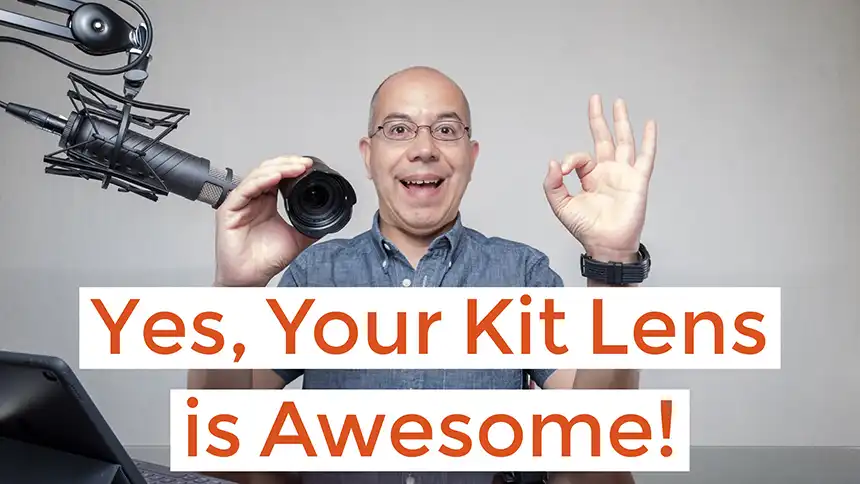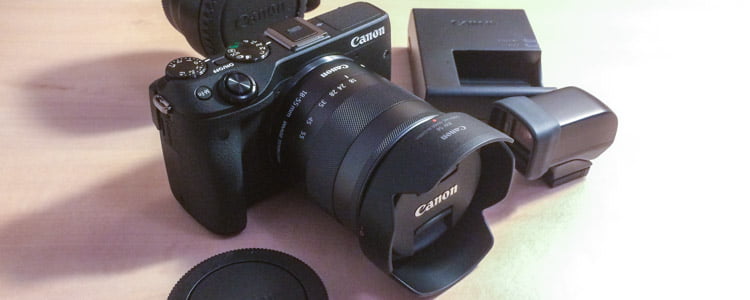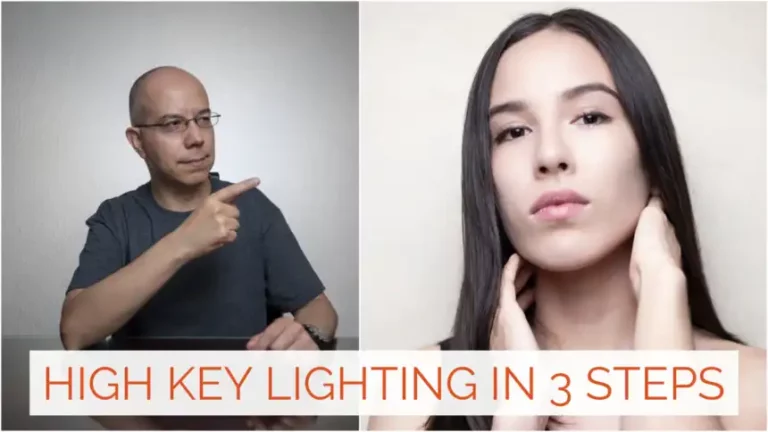Yes, Your Kit Lens is Awesome!
You’ve probably heard the expression: “kit lenses are not good”. Some people even refer to them as “paper weights”. However, your kit lens is awesome and here’s why.
Photography experts may disagree in many areas, but there’s one everybody agrees on: the most important part of a camera is the lens. And yet, there’s a whole industry dedicated to producing lenses in many different shapes, sizes, weights and quality standards so, why are kit lenses so easily disregarded.
History
Maybe we need to start with some history of photography as an industry. Back in the 1950s, when SLR became mainstream, the camera system was invented as well, allowing the user to switch lenses, depending on their needs. All lenses were fixed length at first, with the 40 and 50mm lenses becoming the “standard” lenses as they were inexpensive to produce, and they also rendered realistic images.
Fixed lenses have great advantages in terms of image quality, but they require the user to move back and forth in order to change the user’s perspective. That’s how zoom lenses were introduced in 1959. At first they were seriously expensive, heavy and complex. Over time, they became simpler to produce and, after a lot of customer feedback, zoom kit lenses were introduced in the 1990s.
What is a Zoom Kit Lens?
Of course, it’s a zoom lens. That means, its focal length can be changed within a specific range. This range includes the normal focal length for the intended sensor, and goes from a wide angle to a short tele-photo. The decision to use this range was based on customer feedback who liked the viewing angle and realistic images of the normal lenses, but wanted more versatility out of the lens.

A zoom kit lens is usually included, at a discount, with the purchase of a camera body, that’s why it’s called a “kit” lens. The camera body and lens are a kit.

The main criticism of these lenses comes from the fact that image quality is not the best, because their aperture is variable and this requires you to constantly adjust focus whenever you change the focal length. Even worse, since these lenses are usually made with polycarbonate elements, they may suffer from chromatic aberration, producing colored “halos” in the image.
This Doesn’t Sound Awesome
Well, we need to understand there is no “perfect” lens. All lenses have imperfections, they are just more visible in some lenses than in others. Kit lenses’ imperfections are more evident but, does that make them bad lenses? Absolutely not.
The greatest value you can get out of a zoom kit lens is its versatility. You can use them for landscapes, architecture, portraits, long exposures… you can even shoot some sports with it!
Of course, in many of these cases you will probably need to increase ISO or close down the aperture to compensate for its imperfections. Is it the perfect lens for every one of those scenarios? No, but it’s very good, and it allows you to try all these photography genres so you can find your specialty.

And that is the main point of this post. Your kit lens is awesome at helping you figure out what your specialty is. It allows you to try and make mistakes so you can learn from them. All of this in a lightweight and versatile package.

I really hope I helped you figure out why your kit lens is awesome, and why you should use it more, before considering a lens upgrade.
If you liked this post, share it with your friends. If you’d like to add reasons to like kit lenses, please leave a comment below.







